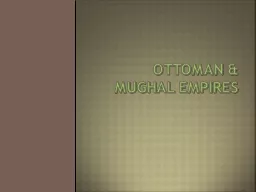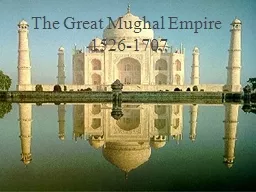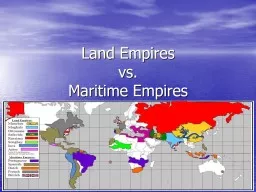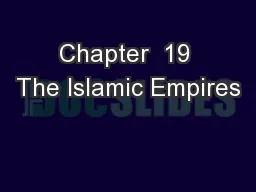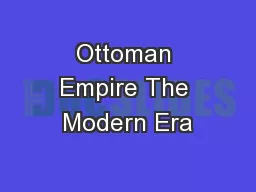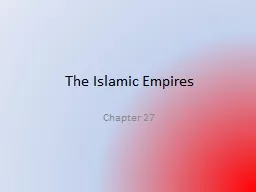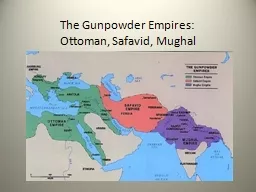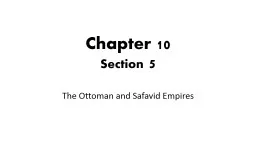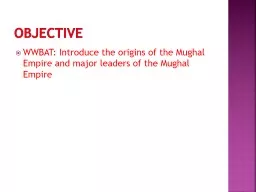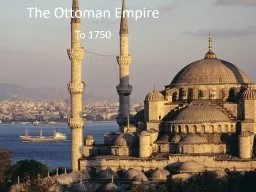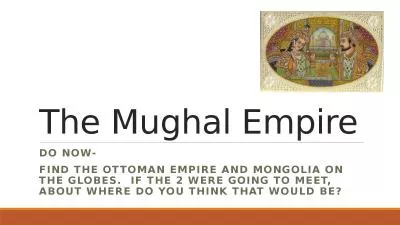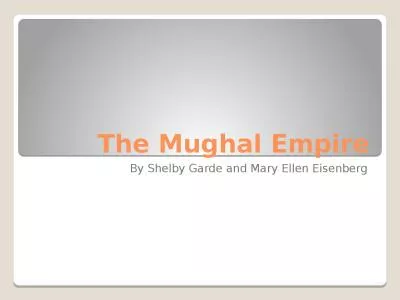PPT-Ottoman & Mughal Empires
Author : liane-varnes | Published Date : 2016-03-26
Essential Questions How did the Ottomans get their name What is the Millet System Who are Janissaries What leader challenged the Ottomans expansion What was the
Presentation Embed Code
Download Presentation
Download Presentation The PPT/PDF document "Ottoman & Mughal Empires" is the property of its rightful owner. Permission is granted to download and print the materials on this website for personal, non-commercial use only, and to display it on your personal computer provided you do not modify the materials and that you retain all copyright notices contained in the materials. By downloading content from our website, you accept the terms of this agreement.
Ottoman & Mughal Empires: Transcript
Download Rules Of Document
"Ottoman & Mughal Empires"The content belongs to its owner. You may download and print it for personal use, without modification, and keep all copyright notices. By downloading, you agree to these terms.
Related Documents

